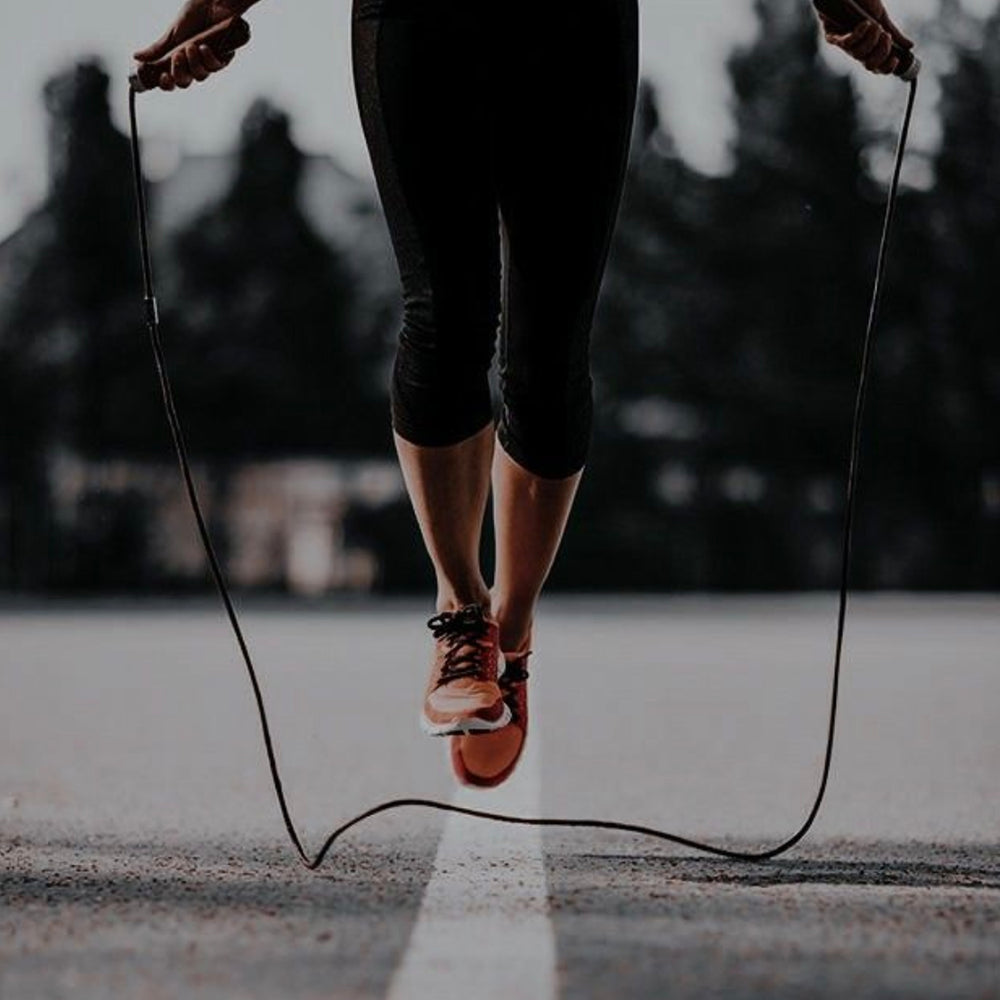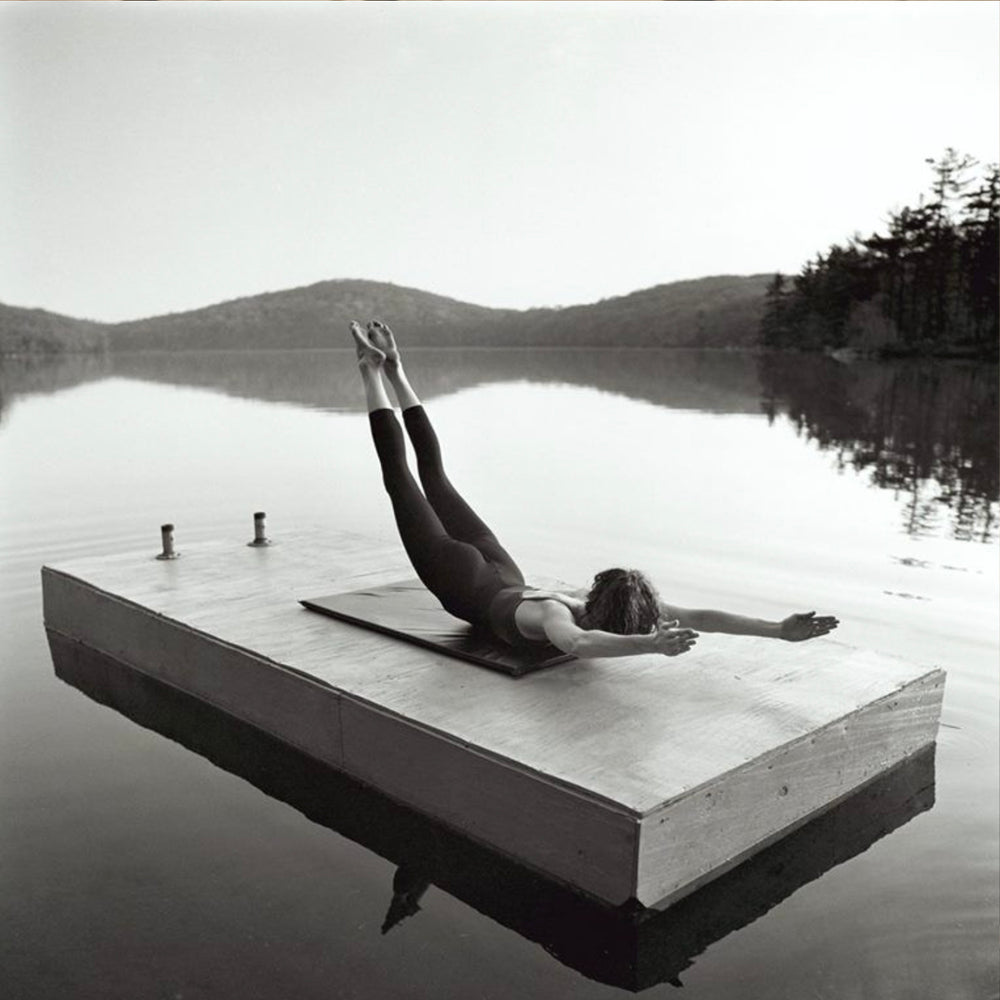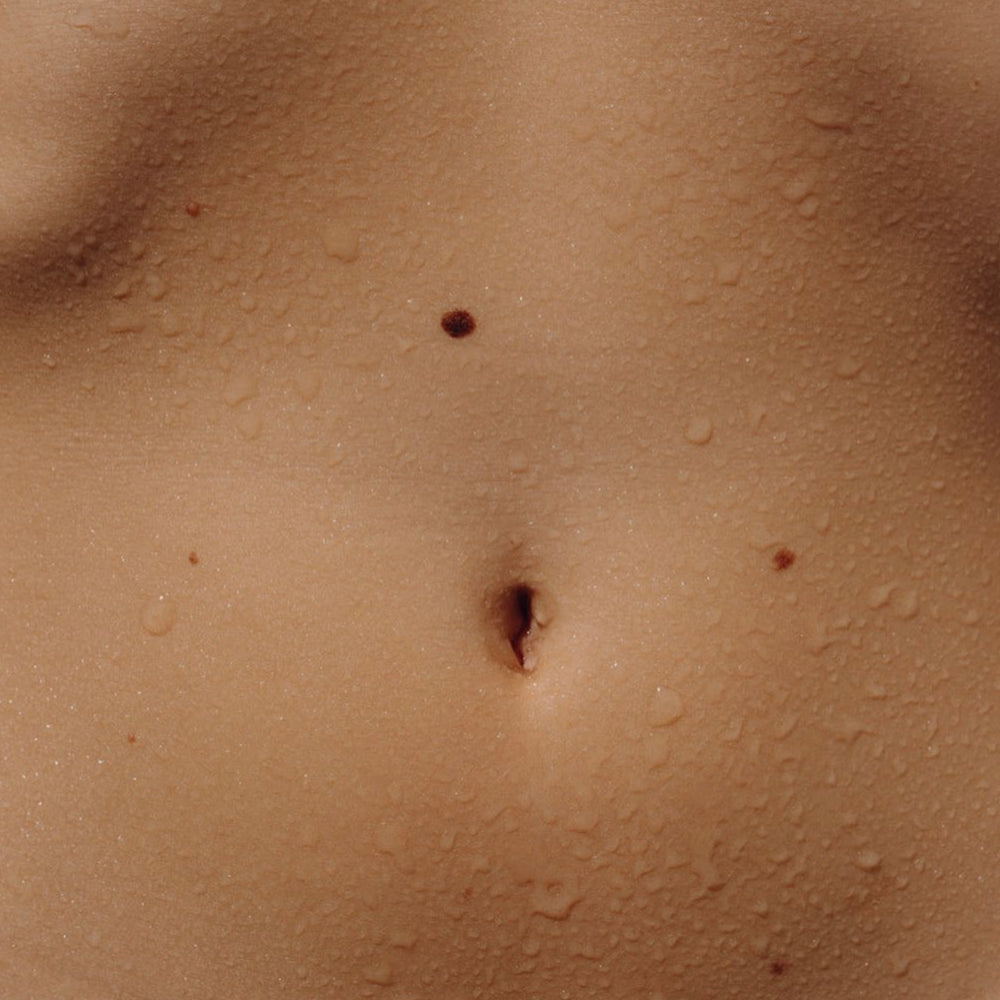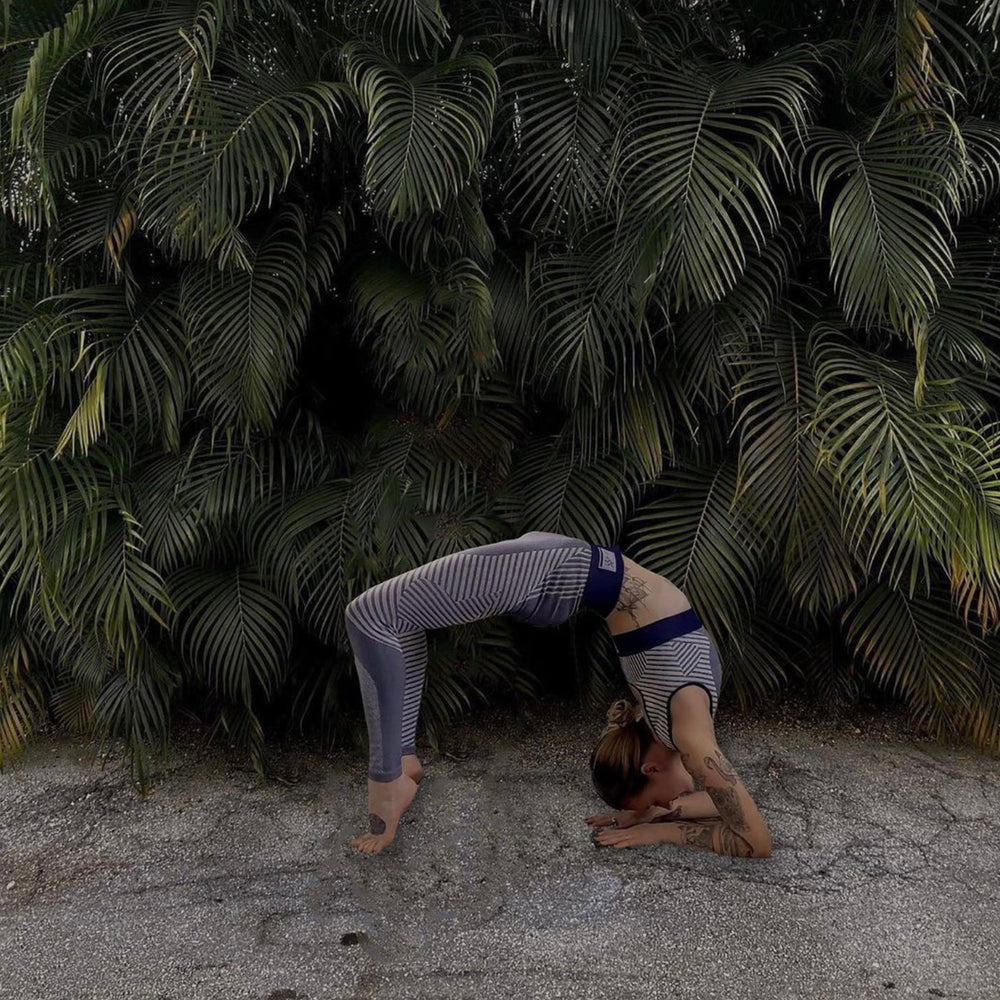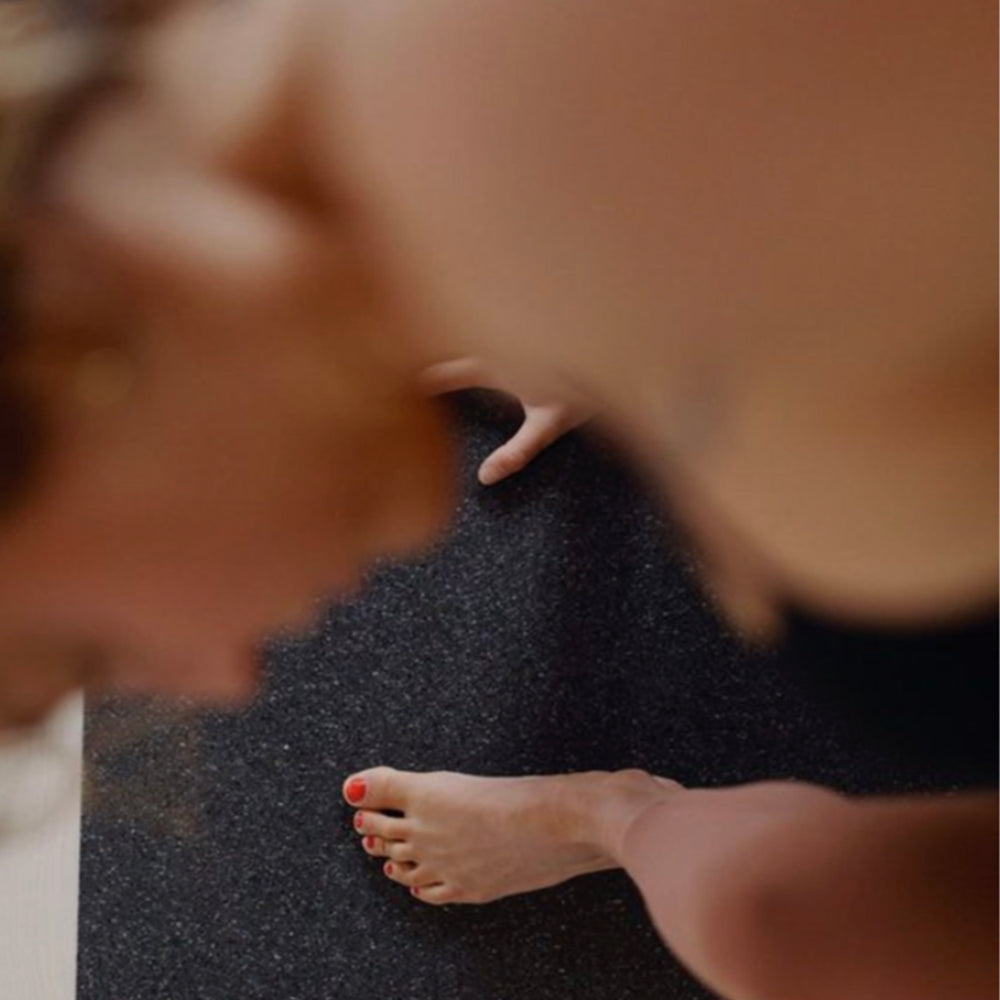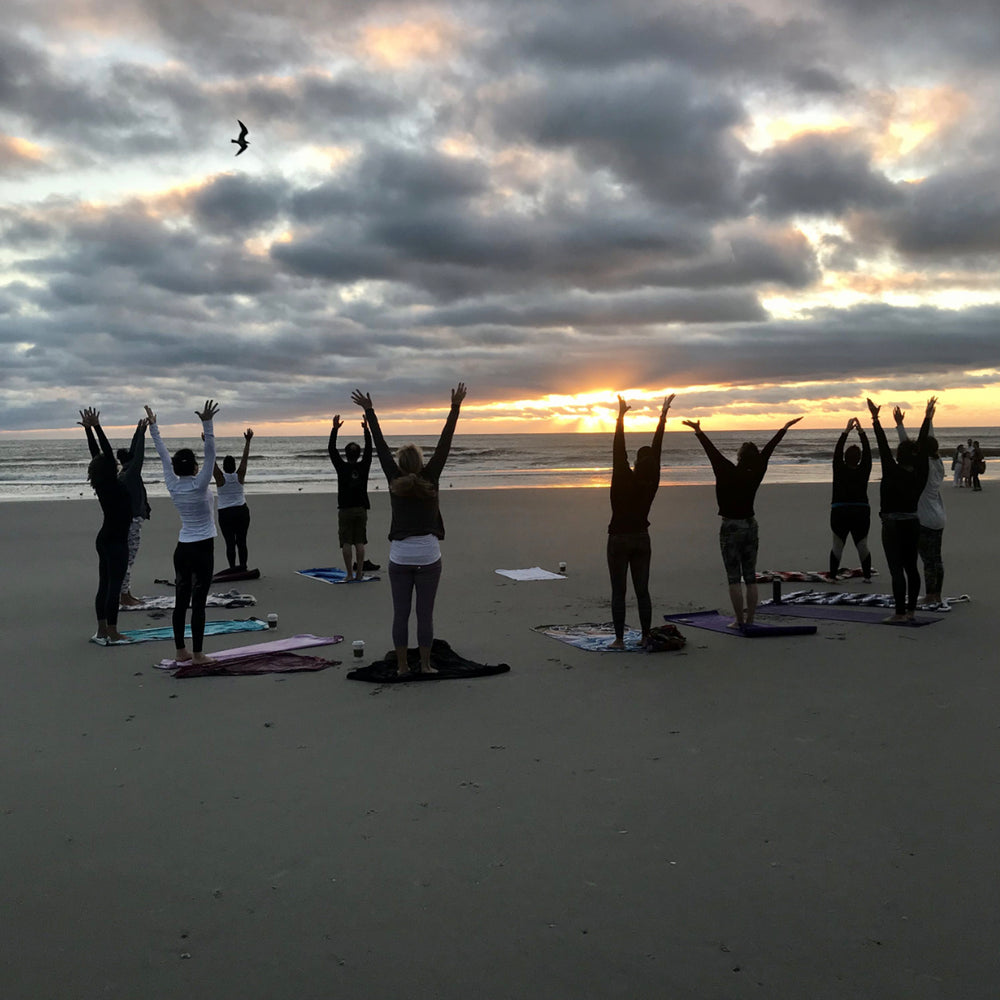 In an era where stress and burnout are commonplace, finding ways to restore balance and tranquility in our lives is essential. This is where the concept of 'Restorative Flow' comes into play. It's a holistic approach combining the calming aspects of restorative yoga with the dynamic movements of flow yoga, creating a practice that nourishes both body and mind. This article delves into the essence of Restorative Flow, exploring its benefits and providing guidance on how to incorporate it into your routine for a more balanced, peaceful life.
Understanding Restorative Flow
Restorative Flow is a unique blend of two popular yoga styles: Restorative Yoga and Flow Yoga (also known as Vinyasa). While Restorative Yoga focuses on relaxation and healing through passive stretching, Flow Yoga emphasizes a seamless sequence of postures connected with breath. Together, they create a practice that is both energizing and calming, offering a comprehensive approach to wellness.
The Restorative Element
Restorative Yoga uses props like bolsters, blankets, and blocks to support the body in passive stretches. The idea is to hold poses for a longer duration, allowing muscles to relax deeply. This practice is especially beneficial for releasing tension, reducing stress, and promoting relaxation.
The Flow Element
Flow Yoga, in contrast, is dynamic and invigorating. It involves moving from one pose to another in a smooth, flowing manner, synchronized with the breath. This style enhances flexibility, strength, and stamina, and it invigorates the body and mind.
The Synergy of Restorative Flow
In Restorative Flow, the gentle, healing nature of Restorative Yoga is perfectly balanced with the energetic, strengthening qualities of Flow Yoga. This synergy allows practitioners to enjoy the benefits of both relaxation and invigoration in a single session. It's an ideal practice for those who need to unwind and de-stress, but also crave the physical benefits of a more active yoga style.
Benefits of Restorative Flow
Physical Health
1. Improves Flexibility and Strength: The flow sequences enhance flexibility, while the restorative poses strengthen the body's core.
2. Promotes Relaxation: The restorative aspect encourages deep relaxation, reducing cortisol levels and promoting a sense of calm.
3. Enhances Body Awareness: This practice fosters a deeper connection with one's body, improving posture and alignment.
Mental and Emotional Well-being
1. Reduces Stress and Anxiety: The meditative aspect of yoga, combined with deep breathing, significantly reduces stress and anxiety.
2. Boosts Mood: Regular practice can lead to an upliftment in overall mood, combating feelings of depression.
3. Improves Concentration and Focus: The discipline required in maintaining poses and flow sequences enhances mental clarity and focus.
Holistic Healing
1. Balances Energy Levels: It harmonizes the body's energy, promoting a sense of vitality and rejuvenation.
2. Encourages Mindfulness: The practice teaches mindfulness, helping practitioners to remain present and engaged in their daily lives.
3. Facilitates Emotional Release: The combination of movement and stillness can help in releasing pent-up emotions, fostering emotional healing.
Practicing Restorative Flow
Getting Started
1. Find a Comfortable Space: Choose a quiet, comfortable space where you can practice without interruptions.
2. Gather Necessary Props: Have yoga props like mats, blocks, bolsters, and blankets handy.
3. Dress Comfortably: Wear loose, comfortable clothing that allows for unrestricted movement.
Key Elements of a Session
1. Begin with Mindfulness: Start with a few minutes of meditation or deep breathing to center yourself.
2. Move into Flow Sequences: Gradually transition into flow sequences, focusing on fluidity and breath.
3. Shift to Restorative Poses: Midway or towards the end, incorporate restorative poses, using props for support.
4. End with Relaxation: Conclude with a period of relaxation, lying down in Savasana (Corpse Pose), allowing the body and mind to absorb the practice's benefits.
Tips for an Effective Practice
1. Listen to Your Body: Pay attention to your body's signals and modify poses as needed.
2. Focus on Breath: Ensure your movements are synchronized with your breath for a more meditative experience.
3. Practice Regularly: Consistency is key in reaping the full benefits of Restorative Flow.
Incorporating Restorative Flow into Daily Life
Create a Routine
Set aside a specific time each day or week for your Restorative Flow practice. Morning sessions can energize and set a positive tone for the day, while evening sessions can help in unwinding and relaxing.
Use It as a Tool for Stress Management
Turn to Restorative Flow whenever you feel overwhelmed or stressed. Even a short session can significantly reduce anxiety and restore calm.
Integrate Mindfulness Practices
Incorporate the mindfulness aspect of Restorative Flow into your daily life. Practice being present and fully engaged in whatever you're doing, whether it's eating, walking, or conversing.
Join a Community
Consider joining a yoga community or attending classes. This can provide additional motivation and guidance, enhancing your practice.
Restorative Flow is more than just a physical practice; it's a journey towards achieving inner peace, balance, and healing. By combining the dynamic energy of flow yoga with the calming depth of restorative poses, this practice offers a holistic approach to wellness that is both invigorating and soothing. Whether you're a seasoned yogi or a beginner, Restorative Flow is an accessible, enriching practice that can bring profound changes to both your physical health and mental well-being. Embrace this path, and discover the transformative power of Restorative Flow in your life.
|




